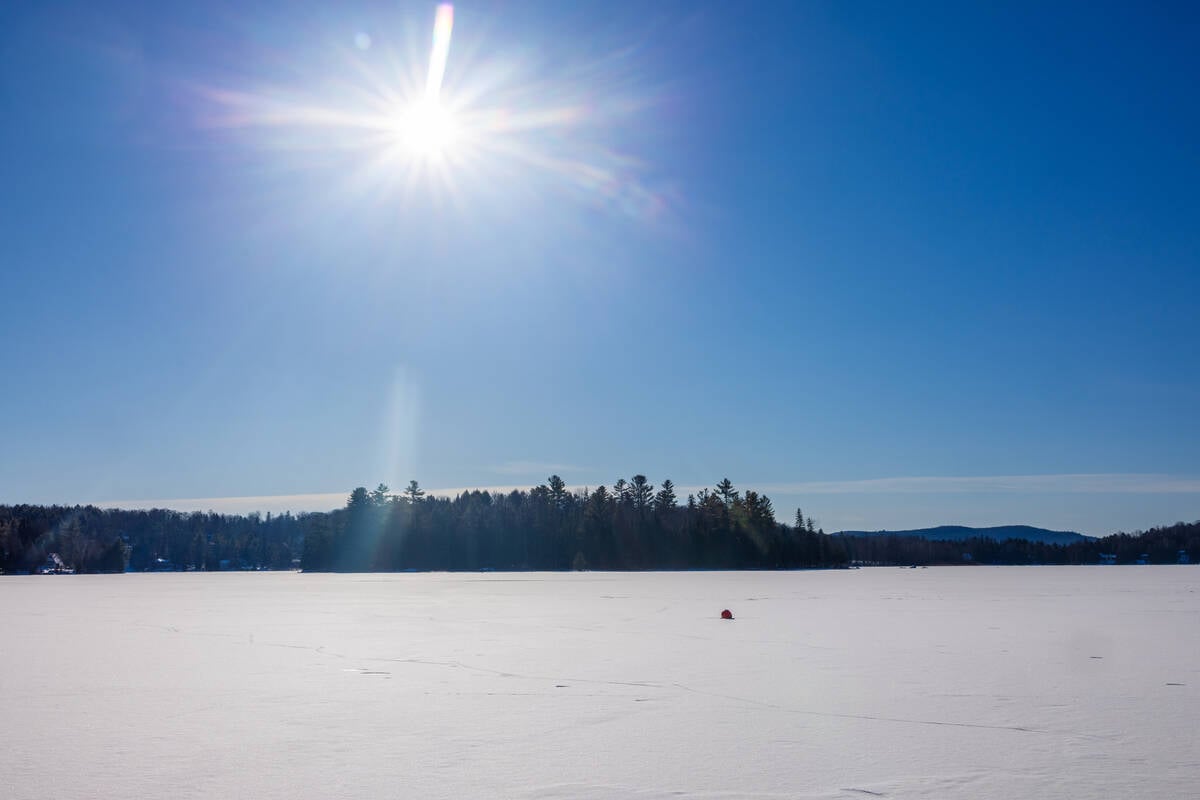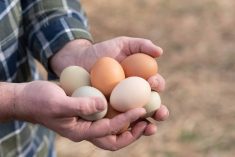Jodi Holzman is a woman on a mission — to collect as much information she can about how Prairie producers are growing cover crops and then disseminate her findings to help farmers do the best job they can with them.
Holzman grew up on a family grain farm near Scott, Sask., and for the past dozen years she’s been working in the Prairie agriculture industry for companies like CPS (now Nutrien Ag Solutions), Syngenta and Dow AgroSciences. Holzman has spent much of this time conducting field breeding research trials and she’s currently working for Bayer CropScience in Saskatoon, Sask., as a sample logistics co-ordinator.
Holzman’s cover crop mission isn’t part of her job, however. She’s doing it on her own time and on her own dime, as part of a master of science degree in environment and management she’s earning at Royal Roads University in British Columbia, which Holzman describes as a predominantly online program catering to people working full time.
Read Also

Health hazards are often overlooked risks on the farm
While quite different from the dangers posed by farm machinery, hazards such as loud noise or sun exposure require the same proactive attention, the Canadian Agricultural Safety Association says.
For her master’s thesis, Holzman is conducting a survey along with in-depth interviews with farmers who are already incorporating cover crops into their production systems. Her goal is to help illuminate how cover cropping is being practiced on the Prairies, with an eye on costs and benefits, production challenges and best management practices (BMPs).
“I hope over the course of my thesis journey to provide valuable information to Prairie producers as more start to consider including cover crops into their systems,” Holzman says.
“My overall hope is to be able to pull together what could be the beginning of a set of BMPs for Prairie producers to support them in their decision-making around cover crops.
“I’m starting with the surveys in order to gather that baseline information on who is doing what and how they are incorporating cover crops into the production systems,” she adds. “I would love to get upwards of 50 responses. I think that would be very beneficial to getting robust data.”
Holzman plans to start the interview process sometime in July when things slow down a little for farmers.
“I can go to that next step and come and sit with them at the kitchen table and have a more in- depth discussion that you can’t do with a survey.”
If you’re interested in taking part, visit this survey Cover Cropping on the Canadian Prairies- Understanding Current Practices (via SurveyMonkey). You can also email Holzman at [email protected] for more information about the project.
“So much we don’t know”
Holzman says she believes cover cropping has the potential to be an important tool for farmers look- ing to enhance soil health and lessen environment effects through measures such as carbon sequestration and reduced input use.
“There’s so much we don’t know about it and what the real impact could be for Canadian farmers. That’s why I was really interested in doing this,” she says.
It’s an interest shared by many in the agricultural industry, and that’s evident in the number of farm organizations helping to distribute Holzman’s survey through newsletters, email blasts, social media channels, etc., which include:
• Canola Council of Canada
• Saskatchewan Pulse Growers
• Saskatchewan Vegetable Growers Association • Saskatchewan Fruit Growers Association
• Saskatchewan Association of Watersheds
Holzman says Lana Shaw of South East Research Farm in Redvers, Sask., is also helping to get the word out about the survey. So is Callum Morrison, a graduate student at the University of Winnipeg who conducted a cover crop survey of his own in 2020 — read our feature story on Morrison’s survey, which sheds some valuable light on why early adopters of cover crops are growing them on the Prairies, where they’re doing it, how they’re doing it and what they’re getting out of it.
Holzman says Morrison helped her in developing her own survey and he’s excited about the project. She says she’s planning to build on Morrison’s work, with more of a focus on the agronomy aspects of cover cropping.
Holzman is aiming to complete the project by the end of the year, and after that she’s hoping to share her findings with farmers through such means as media reports, research journals and talks at ag conferences.
“My goal is to be able to provide a starting point of information for farmers who are either already doing cover cropping and might learn something, or for farmers who are interested and want to try but are nervous about that risk,” Holzman says.
“Everything you do in farming is a risk, and so if there’s a way we can support them in reducing that risk, I’d like to be a part of that.”
Happy planting! Mark















